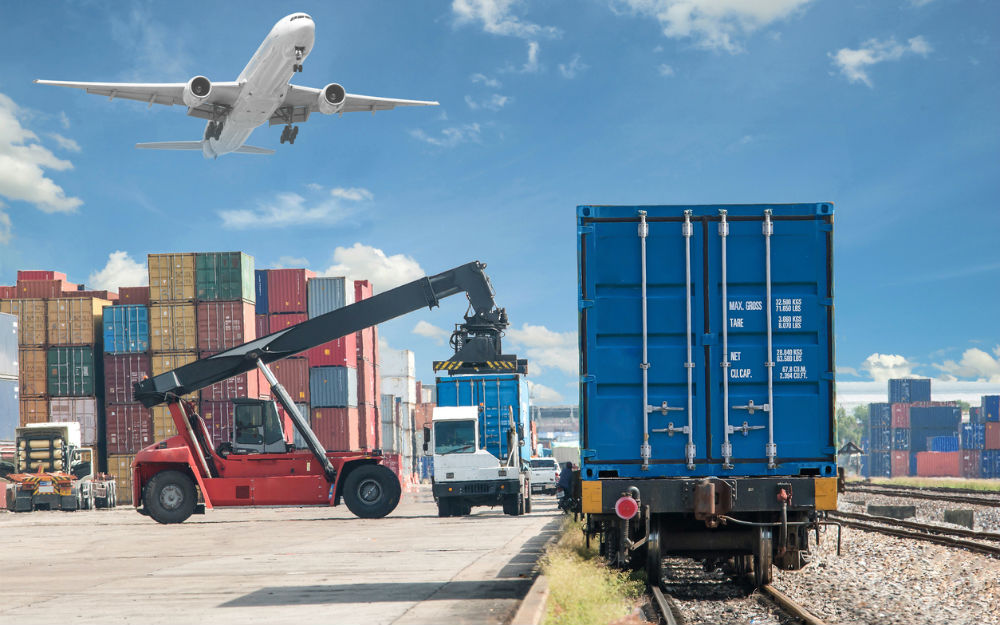5 ways to transport dangerous goods: what aspects to consider

When people travel, the mode of transport chosen is of great importance. Vehicles, trains, boats, planes: each means of transport has its own characteristics that influence movement in terms of quality, comfort and duration.
Similarly, when transporting dangerous goods, the mode of transport has a significant impact. Mechanical stress, humidity, pressure and many other factors can vary from one mode to another.
These differences are expressed through different regulations, and the current regulations for the transport of dangerous goods are divided into five categories:
-
for transport by land, ADR regulations (European Agreement concerning the International Carriage of Dangerous Goods by Road) come in force
-
for rail transport , RID regulations apply (Regulations concerning the International Carriage of Dangerous Goods by Rail);
-
for transport by inland waterway, ADN (International Agreement for the Transport of Dangerous Goods by Inland Waterway);
-
the IMDG code (International Maritime Dangerous Goods Code) is applicable for transport by sea;
-
ICAO/IATA regulations (International Civil Aviation Organization / International Air Transport Association) are in force for transport by air.
The objective of all these regulations is to transport goods safely, achieved by eliminating or minimizing potential risks for both people and the environment. When transporting dangerous goods, there are of course common elements among the different regulations. For example, the fact that they have to be accompanied by the appropriate travel documents. Despite this, similarities should not mislead those responsible for shipping dangerous goods: it would be a mistake to consider the provisions set for one type of transport to be fully applicable to another.
Factors to be taken into consideration
In order to correctly manage the transport of dangerous goods, we must first know the corresponding regulations, which, thanks to their high level of detail, include provisions relating to every aspect as well as answers to any possible question. To demonstrate the completeness of transport regulations, let’s look at the following. ADR Regulations (by road) cover a multitude of topics, such as the classification of hazardous substances, characteristics of the packaging, qualification of drivers, vehicle and tank construction, requirements for transport units, and for the transport itself, the exceptions.
The topics covered in the regulations are many also for the other modes of transport, and, one must always keep up to date with the changes, especially as they are updated every two years, with the exception of transport by air (IATA), which is updated annually.
Checks on international shipments are currently quite stringent, and serious or even minor regulatory non-compliance could result in the shipment being stopped. Preventing these eventualities is a must to ensure safe transport avoid misunderstandings and/or incur substantial economic losses. For these reasons, being scrupulous is always preferable to being quick! However, time for organizing a shipment is often limited, and emergency situations can occur. How does one behave then?
It can help to always use a checklist to promptly verify that you have completed all the necessary steps correctly and in compliance with the law before proceeding with the shipment.
Moreover (especially true for the most delicate shipments),logistics managers can take advantage of the support of specialists, able to intervene directly regarding the different aspects considered for the specific transport mode:
- packaging
- labelling
- marking
- documentation
Each of these aspects needs to be properly managed when dealing with the specific requirements of each regulation.
A further element not to be overlooked concerns intermodality or multimodality, the frequent use of two or more transport systems for the same shipment. In these cases (e.g. dangerous goods travelling by land and then by sea) attention must be even greater.
When transporting dangerous goods, those in charge of shipping have to pay particular attention to making sure that they are complying with the given regulations, supported (when needed) by experts who can provide advice in the field.
